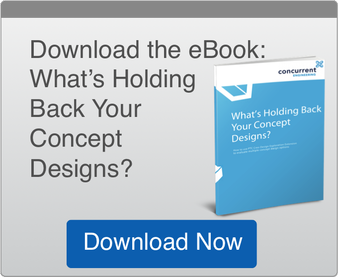
Having all of your model information all in one place may seem like an impossible dream. However some engineers are starting to realise the advantages of Model-Based Definition (MBD) and use it as the basis for their businesses. With MBD, not only can engineers keep all of their model designs and annotations in one place, but start to realise the full value of their 3D assets.
By using MBD, industry leaders are starting to increase efficiency, utilisation and improve their information sharing, revolving their business around the model itself and hence becoming Model-Based Enterprises. Yet many engineers are still sceptical as to the real value of MBD.
Decrease delivery times
MBD allows engineers to add all of their annotations onto the 3D model itself, this means that you don’t have to spend time recreating annotated 2D CAD drawings. Also, having this information means that time is also saved communicating information to manufacturers, as it is already there for them. Saving this time means that delivery times will be radically reduced, meaning that your product can get to market a lot faster.
Increase efficiency
Again, having one file with all of the annotations attached means that only one file has to passed around all of the departments. It also means that you don’t have to waste time updating two files and making sure that they hold the same information.
This limits the likelihood of information being lost or misinterpreted in your communications. It also means that any redundant information is scrapped quickly, allowing departments to do their job without having to wade through unnecessary data.
Reduced scrap and rework
Using MBD models also provides a single source of information for manufacturers. This means that information that is key to accurate manufacturing is not missed on the model and clearly communicated to the department. Having a 3D annotated model also makes the information is easier to understand for downstream consumers than it would be with a 2D drawing. This easy to access and understand information will reduce the likelihood that models will need to be scrapped or reworked due to miscommunication.
Better product quality
This ease of communication also means that none of the information needed for manufacture is lost or misinterpreted. This means that less errors or non-conformances will take place during the manufacturing stage. Also, most 3D software allows engineers to simulate their model accurately, so having this information on the model will prove that it is of a high quality.
Improved utilisation of 3D assets
Not only does MBD increase information and communication, but means that the 3D model can be utilised more effectively. Rather than referring to it’s twin 2D drawing, engineers and manufacturers can make the most out of the information on the 3D asset, understand it better and produce better products as a result.
Transitioning towards model-based enterprises
Integrating MBD into your business is the first stage to developing into a model-based enterprise. Model-based enterprises put their 3D assets at the centre of their business, utilising them fully to better communicate with manufacturers and create higher-quality products. Hence using MBD is the first step to better efficiency and high product quality.
